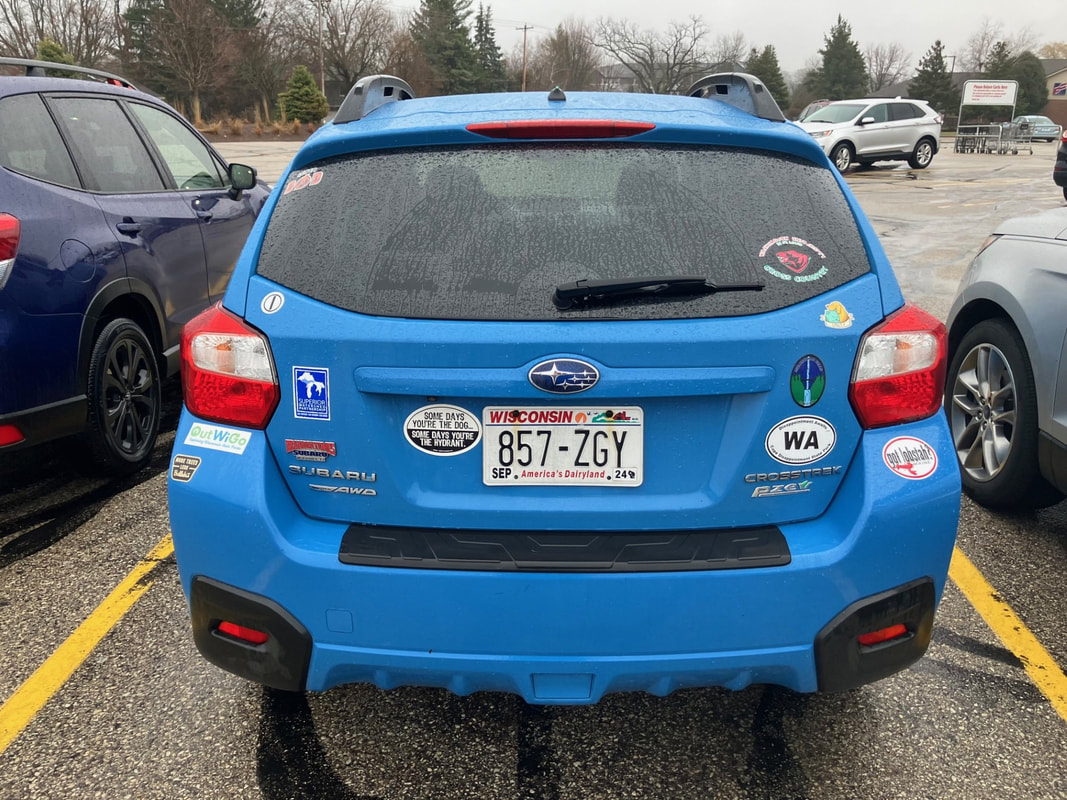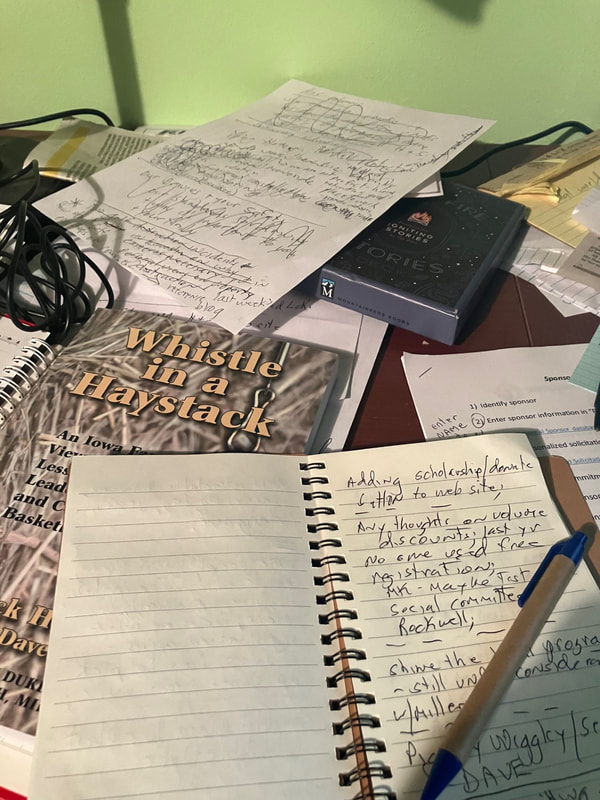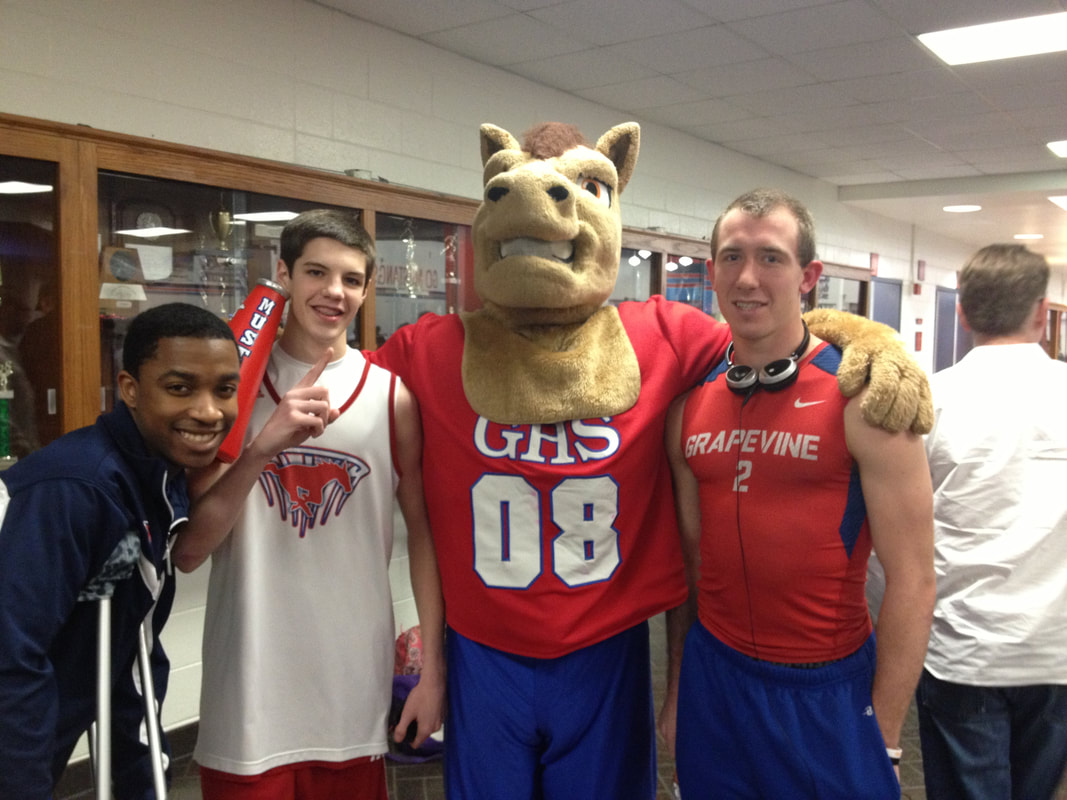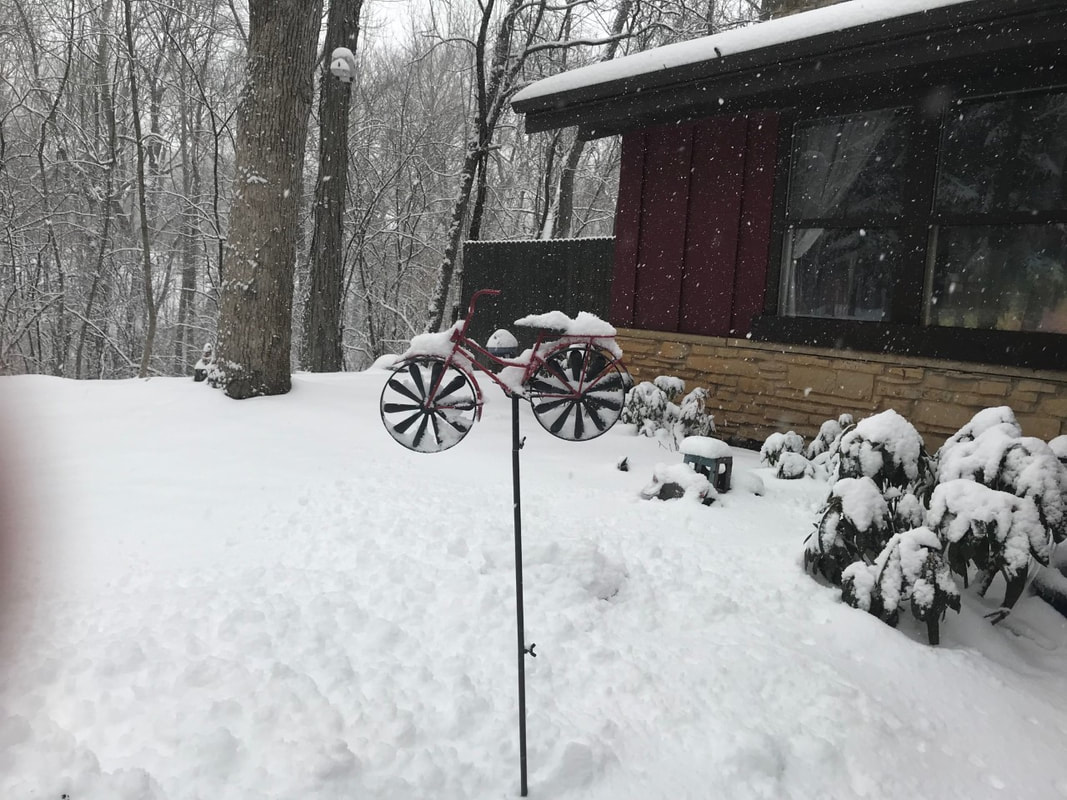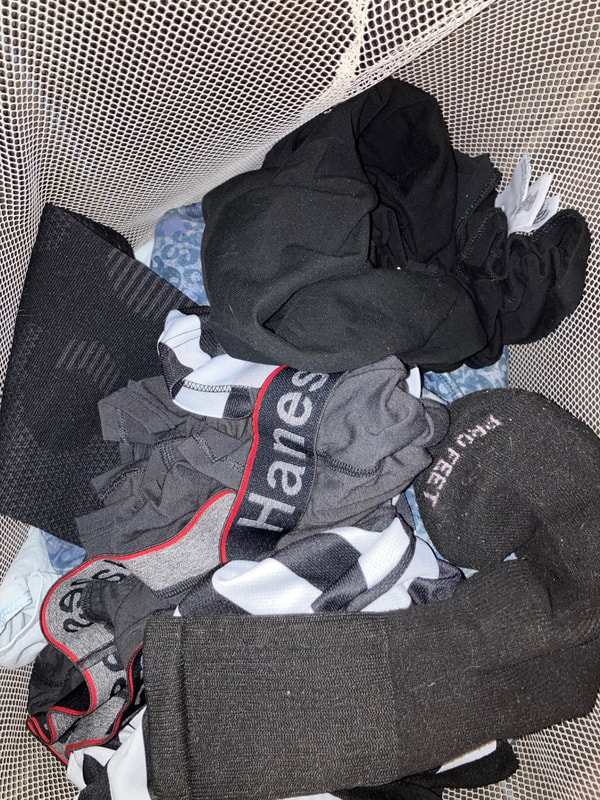
With that being said, I’ve found myself increasingly frustrated and saddened by the way NIL money is affecting big-time college sports, in particular, basketball. As a long-time avid fan of Division I college basketball, and the men’s team at the University of Illinois, which I attended, it is becoming increasingly difficult to support the team.
Why? It’s a simple equation to me. As a fan, you want to know and root for the players. How do you get to know the players and develop your personal support for them and their unique styles of play? By seeing them play over a period of time, typically (in bygone years) for 3-4 years.
You see them develop over those years. A player might get hurt, but overcomes that in following seasons and your fondness for their grit grows. Some guy on the bench his freshman and sophomore year stays with it and breaks out for his junior and senior seasons. You get to cheer that player on.
With NIL money influencing big-time college athletics more and more, those days have vanished. Poof! The senior who stays with Illinois basketball for four years is going to be a huge outlier in the years ahead.
I liken this free agency movement (which the athletes certainly have every right to pursue) to free agency in baseball when it started getting out-of-hand in the 1980s. Players jumped around more and more and I found it difficult to cheer for my favorite team. I didn’t know the players. Year-to-year, rosters were beginning to have turnovers of 10-15 players. How can you keep up with that?
As a fan, you can’t. You can’t process all the names. You can’t build your account of caring. So, you stop caring. You don’t invest emotional energy in the team.
I remember how much that bothered me as slowly I stopped watching major league baseball, checking out statistics, seeing who was leading in the standings. I didn’t know the players, so it meant nothing.
That same situation is now enveloping college athletics at power schools. Using the University of Illinois basketball team as an example, since this past season ended, the team lost four players to the transfer portal, and they have brought in five new players. As I write this, those changes aren’t necessarily done.
What does that mean for the fan? You have to process out four names you potentially cared about and rooted for and wanted to see how they got better over the years, and direct your emotional energy towards the five new players, learn about them, and figure out if you give a sh…… That’s nine individuals swirling around your brain cells. Too much on a year-to-year basis.
I don’t think I’m unusual in my views about where this is headed. When the typical college athlete chose a university and stayed for four years, this mental processing was much easier, and fans cared because the players stayed long enough for you to really see their personalities on the court.
I don’t have a clear solution for this. I wish I did. There needs to be some form of commitment signed that has penalties when the commitment is broken. Maybe players are only allowed to transfer once in their college careers rather than multiple times. We will see what happens in the years ahead. We’ll see how the fans feel. Does attendance sag?
Sadly, it seems like large sums of money are infecting another institution to the detriment of those of us on the sidelines.


